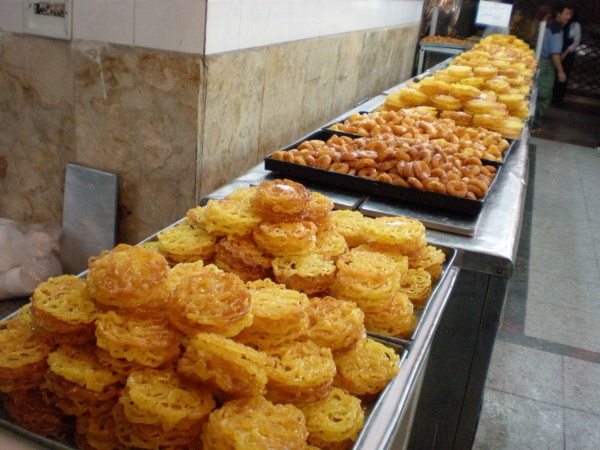Facts About Bamiyeh
Tulumba, also known as Bamiyeh, is a delectable deep-fried dessert with roots in the rich tapestry of Ottoman cuisine, prevalent in regions of the former Ottoman Empire, especially the Levant. This scrumptious treat is made by frying a batter until it achieves a golden brown hue and then soaking it in a sweet, sugary syrup. Typically served cold, it is a cherished delicacy during special occasions such as Chanukah for Turkish, Israeli, and Persian Jews.
The name "Tulumba" is derived from the Turkish word for 'pump,' while in Cypriot Greek, it is called "pomba" and in Cypriot Turkish, it is known as "bombacık." In Armenian cuisine, it can be referred to as "pomp" or "tulumba." This dessert is beloved and widely enjoyed across many cultures, including Albanian, Bosnian, Bulgarian, Macedonian, Greek, Serbian, Azeri, and Turkish. In Persian cuisine, it is called "bamiyeh" and in some Arab regions, it is known as "balah ash-sham" or "datli."
The main ingredients for Tulumba are a dough made from yogurt and starch. Once prepared, the dough is fried to perfection and then immersed in syrup. This popular sweet is especially enjoyed during Iftar in Ramadan. Tulumba is often served alongside a similar dessert called zulbiā, which features a distinctive web-like design made with strips of dough.

 Pakistan
Pakistan